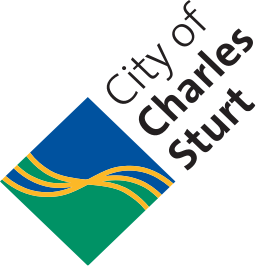
In practical terms a wind speed of 24.5 m/s (89 km/h, 55 mph) or more is classified a storm.
Extreme storms can bring heavy rain, strong wind, hail, thunder and lightning (which in turn can start wildfires). Severe storms can disrupt essential services and agriculture, cause major property damage, personal injury and loss of life.
Heavy rainfall can bring flash flooding and high winds can destroy buildings and turn debris, such as signs, roofing material, siding and small items left outside into missiles. Storm surge and large waves pose the greatest threat to life and property along the coast. Storm surge is an abnormal rise of water generated by a storm's winds and can cause beach erosion and road and bridge damage along the coast.
Storm preventative actions
Individuals should be aware of their own risks in a storm and should follow advice from emergency services when responding to relevant early warnings. You should actively plan and prepare for protecting your own life and property.
- Understand your risk
- Put together an emergency kit
- Be aware of the current conditions:
- Severe Weather Warnings are issued by the Bureau of Meteorology
- Stay informed by listening to your local ABC Radio Station
- Keep your property well maintained
- Keep your gutters clean
- Fix drainage
- Fit rainwater and storm water tanks
- Maintain your trees
- Close all shutters (if your house has them)
- Stay inside and keep away from windows and skylights
- Get your emergency kit ready to go
- Secure and bring inside where possible:
- all outdoor furniture
- decorations
- anything else that is not tied down
- Put vehicles in carports or garages
- Park away from trees and powerlines
- Make sure your pets are safe
- Check to see if your neighbours are aware of the warning
Do not stay outside when a storm is in the area.
The State Emergency Service (SES) is the primary provider of storm response across the state. During and after a storm the SES can:
- Secure and cover damaged buildings
- Remove trees and branches that have fallen
- Do not drive through floodwater, slow down and turn headlights on
- Be alert and watch for hazards on the road such as fallen powerlines and trees
- Avoid dirt roads as surfaces will slippery and muddy
- Stay away from metal poles, fences and clotheslines if lightning is present
- If undertaking water activities, leave the water immediately. If boating, go ashore
- Stay away from hilltops, ridges and gullies, rock overhangs and shallow caves
- Do not shelter under trees
Stay away from:
- Flooded creeks and drains
- Fallen trees and powerlines
- Damaged structures
Check your house for damage, and phone the SES on 132 500 if you need help.
- Check for gas leaks
- Do not smoke or use electrical items, candles or torches for lighting inside a damaged home until you are sure there is no leaking gas
- If you suspect that electrical appliances were damaged by rain or power surges, do not use them until they have been professionally tested
- Check your roof, foundation and walls. If it looks like the building may collapse, leave immediately
- If water pipes are damaged, turn off the main water valve. Check with SA Water before using any water, do not flush toilets until you know that sewage lines are intact
- Throw out all food that you suspect may have become contaminated or come in to contact with floodwater. Disinfect items that may have been contaminated by raw sewage, bacteria, or chemicals
- Contact your insurance provider. Take pictures of damages. Keep good records of repair and cleaning costs
- Pick up yard debris
- Check on your neighbours, if safe to do so
If using chainsaws to clear up fallen trees:
- Read your safety manual that came with your chainsaw
- Ensure the chainsaw is well maintained before use
- Do not over-reach
- Do not cut above shoulder height
- Never cut when tired or alone
- Keep children and pets away from the cutting area
